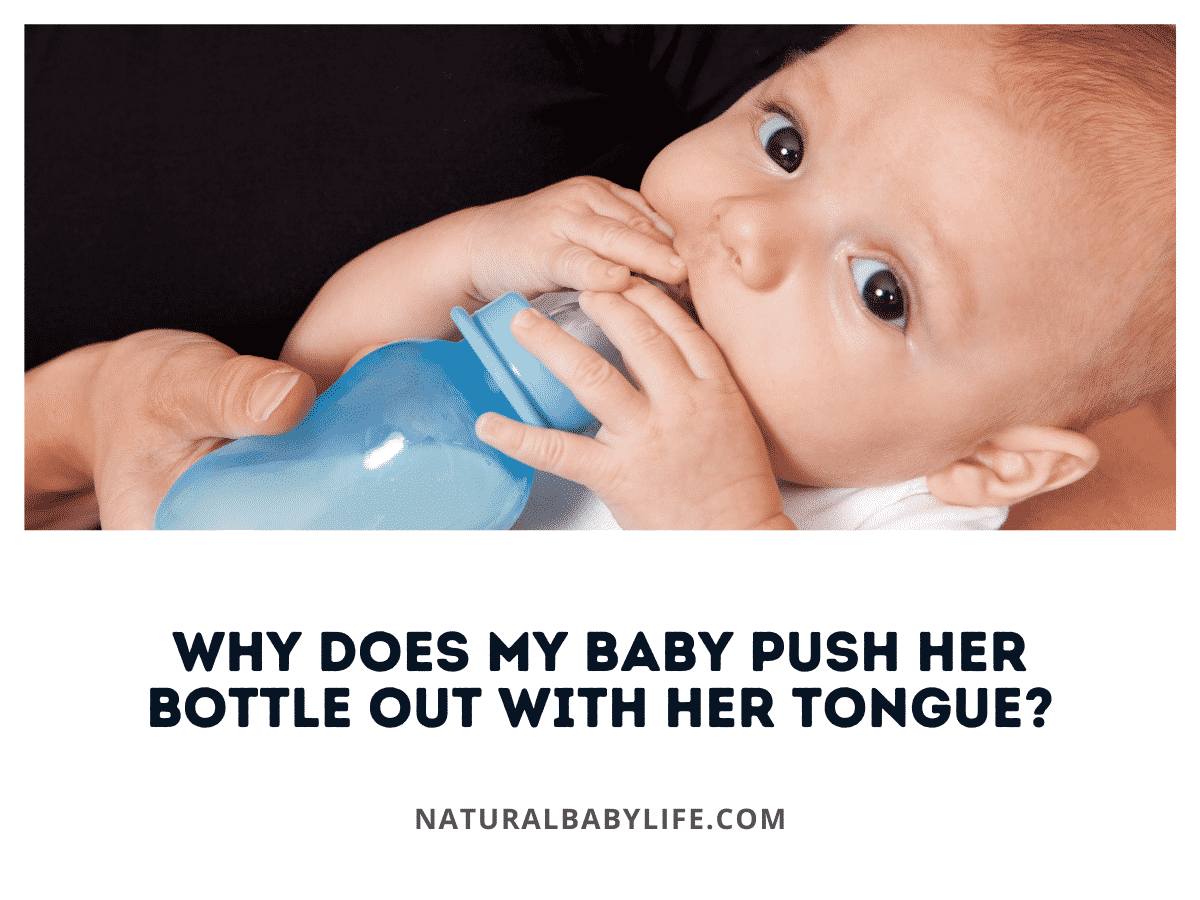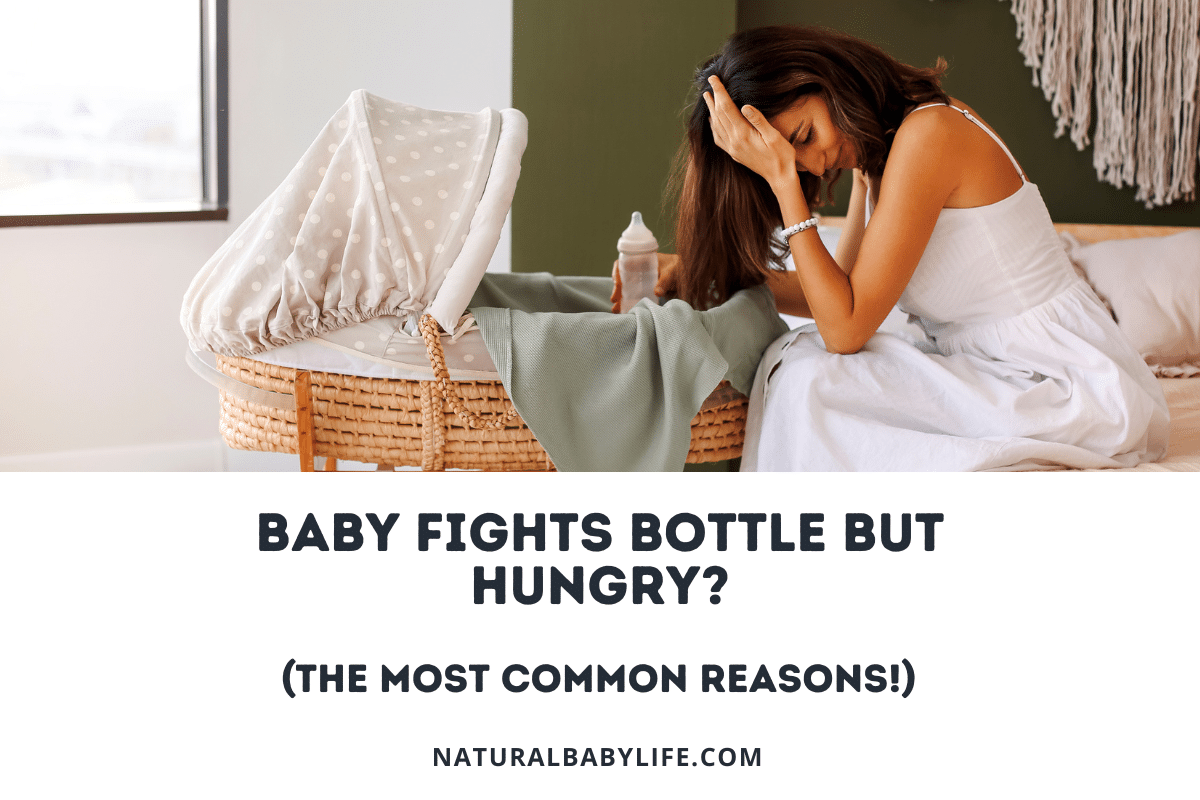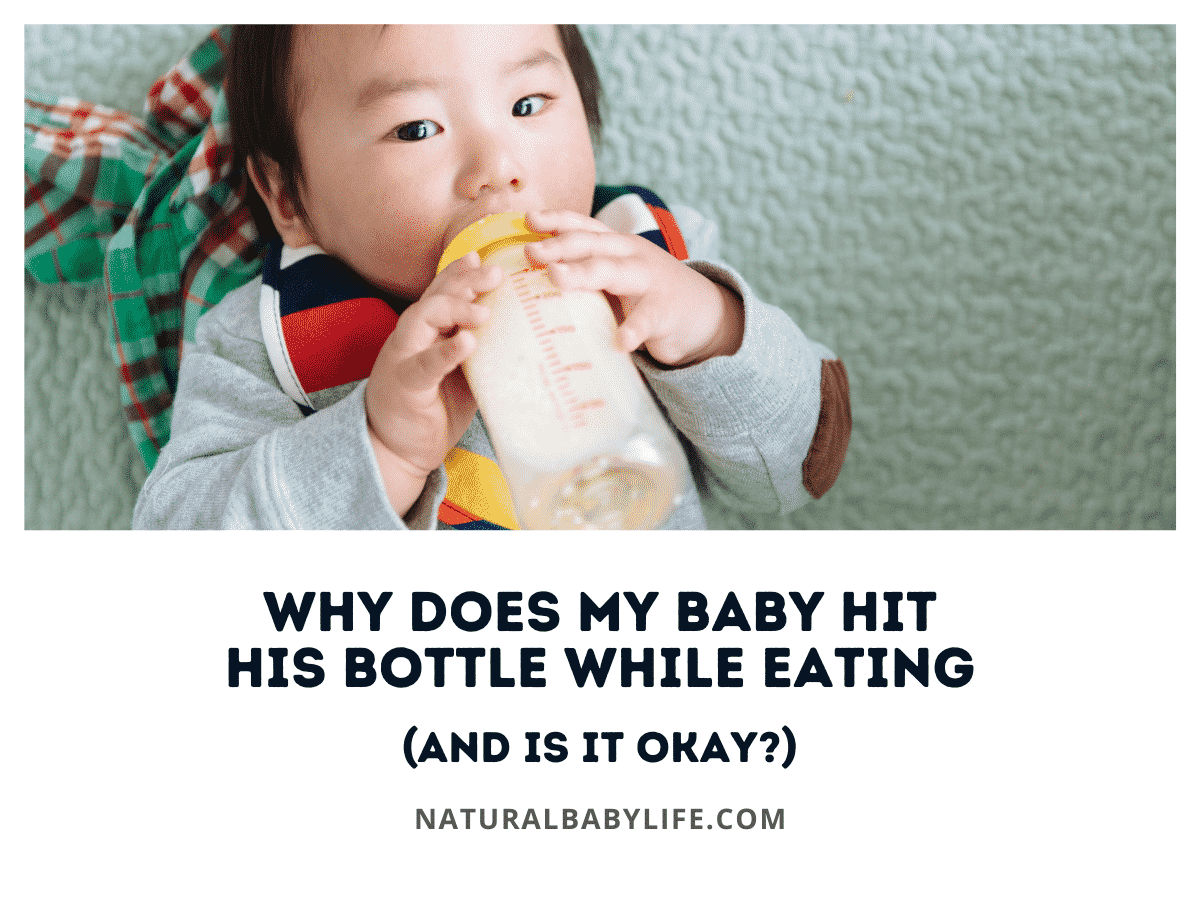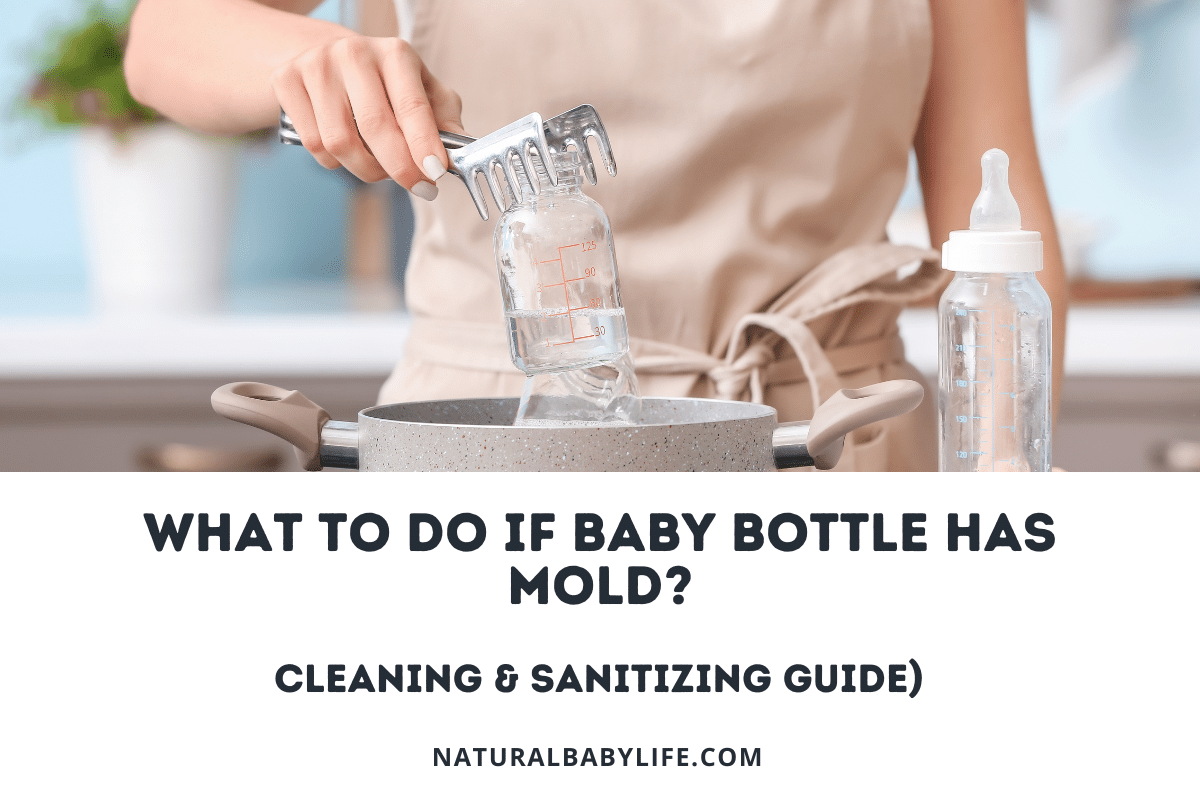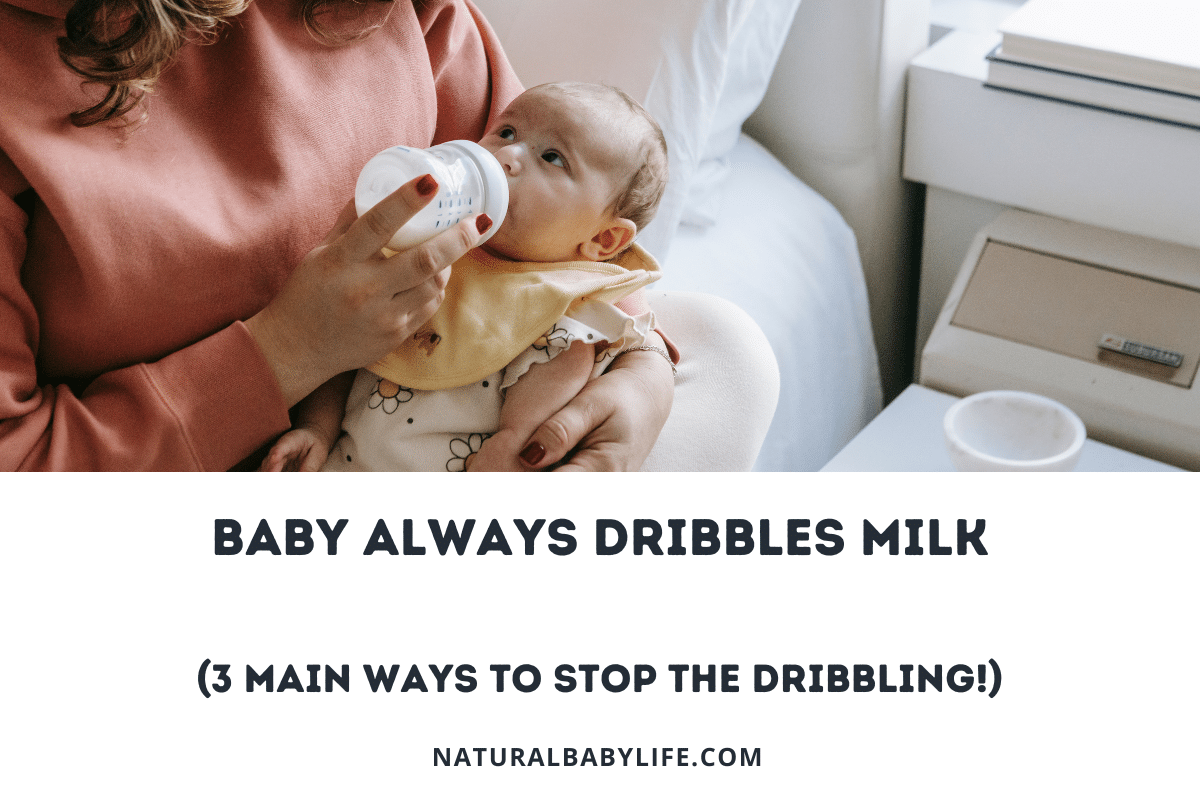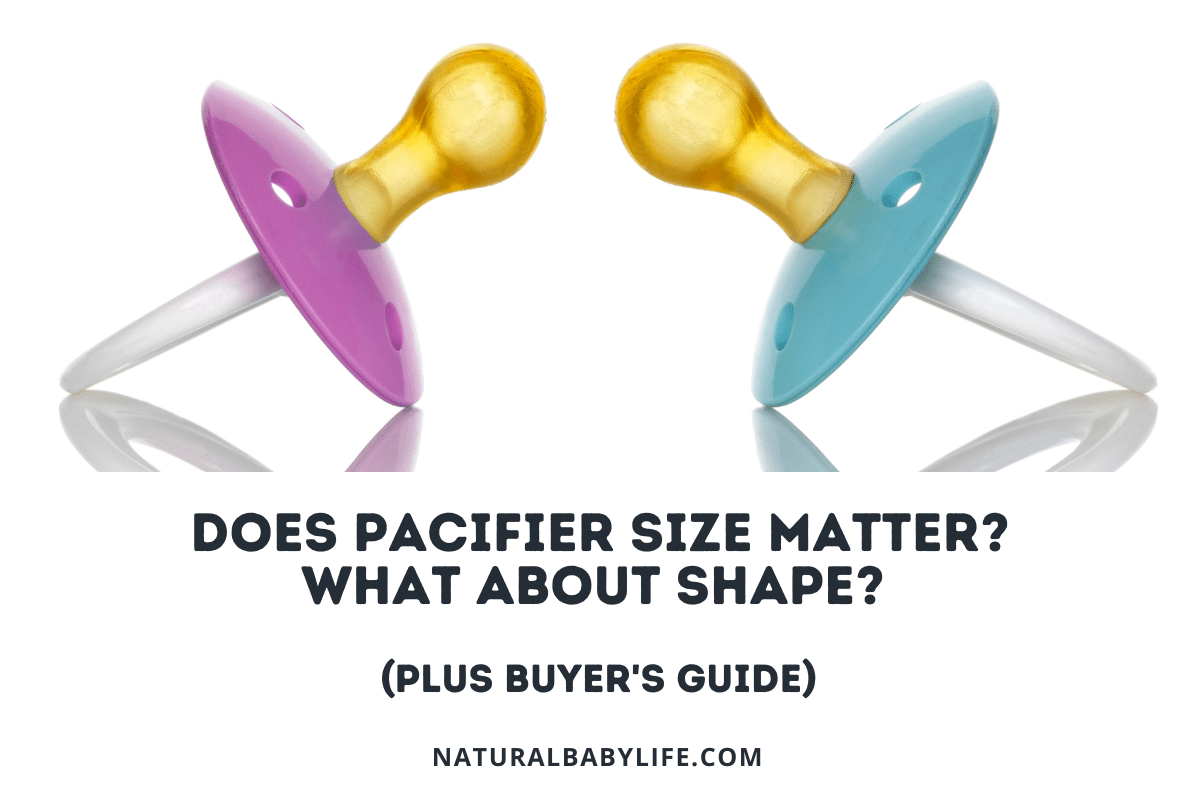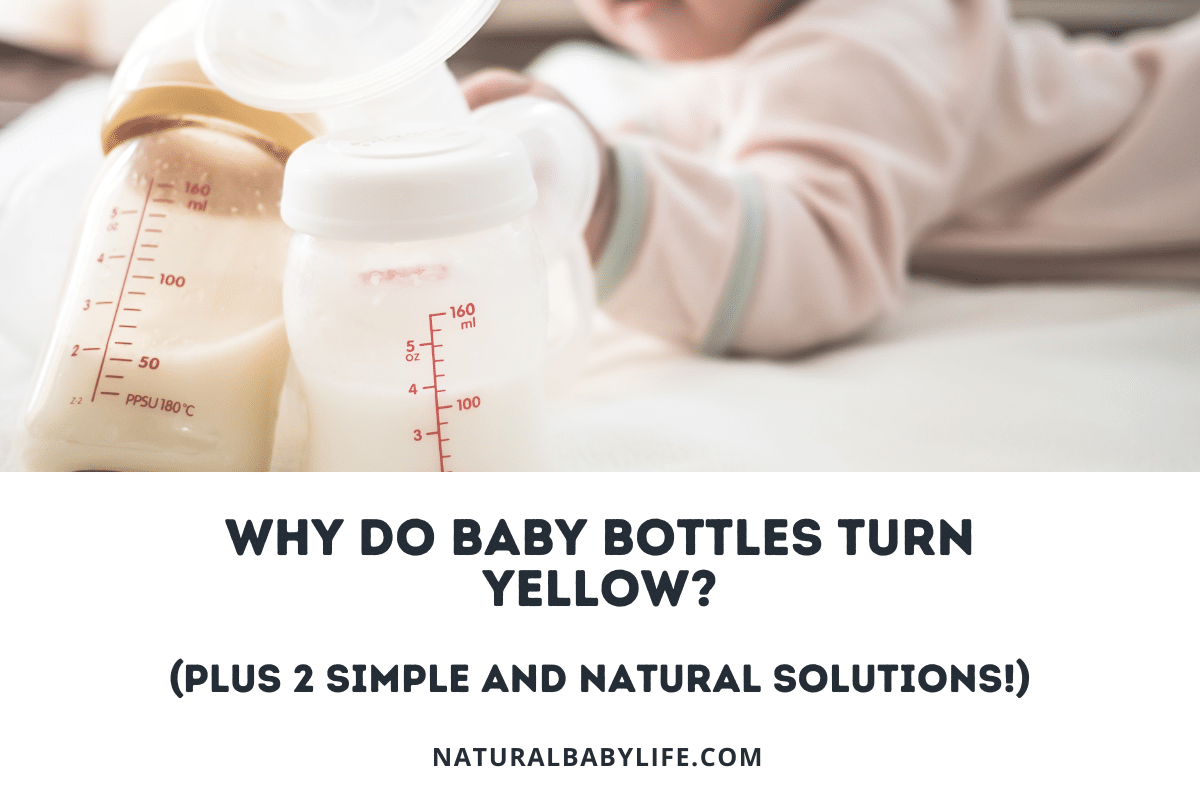It’s a common assumption that if a baby is hungry, she will eat. We as parents know, however, that babies have minds of their own and sometimes do refuse a bottle. But why?
If your baby is refusing her bottle, she may not be hungry – but that’s not the only possible reason. She may be tired, not feeling well, or physically uncomfortable. She may also be distracted, teething, protesting the transition from breastfeeding, or simply a bad age for bottle-feeding. You may also want to check the nipple flow and temperature.
Read on to learn more about why your baby might be refusing her bottle, and to get some suggestions on helping her take the bottle effectively.
Table of Contents
The most common reasons a baby pushes away or refuses a bottle
Babies have minds of their own. Early on, instinct is the biggest driver for a baby’s behavior. But babies learn quickly what they like and don’t like, and what feels good to them. They express their feelings mostly through behavior.
When it comes to feeding, babies express their displeasure or discomfort by refusing to eat. While this can be frustrating as a parent, it is important to consider why your baby might be pushing her bottle away. Then, you can adapt and help your baby be happy and comfortable so she can eat instead of refusing the bottle.
Some of the most common reasons babies refuse a bottle include:
- Lack of hunger
- Illness
- Physical discomfort
- Distracting environment
- Transition from breastfeeding to bottle
- Teething
- Slow or fast flow of nipple
- Flavor or temperature preference
- Age
- Fatigue
If you want to figure out what is bothering your baby and why she is refusing the bottle, consider these possibilities.
Lack of hunger
Perhaps the most obvious reason that your baby might refuse her bottle is that she simply isn’t hungry. While we as parents want to ensure that our babies are eating well to support growth and development, they may not always be hungry when we expect them to be.
As babies grow and get older, you can expect them to take larger feedings less frequently. Because their stomachs are getting larger, they can eat more breastmilk or formula in one sitting and go longer between feedings. If you try to feed them before they are ready, they will probably refuse.
So while you may be used to feeding your newborn every two hours, by age two months they may only need to eat every 3-4 hours.
Keep in mind that every baby is different and goes through phases. Some days they may need more or less feeding. Watch for hunger cues to determine how often your baby needs to eat. This will help you reduce frustration around bottle refusal.
Illness
Just as we adults sometimes lose our appetites when we feel sick, so do babies. Clearly, tummy troubles can cause a baby to refuse a feeding, so if your baby is vomiting or having diarrhea, don’t be surprised if she pushes the bottle away.
Other illnesses like RSV and common colds can make it difficult for babies to coordinate sucking, swallowing, and breathing, making eating a challenge. Sore throats, thrush, and mouth ulcers like canker sores can also cause your baby to refuse to feed and push the bottle away.
If your baby is ill and not drinking her bottle, keep an eye on her for signs of dehydration:
- sunken soft spot
- sleeping more than normal
- sunken eyes
- crying without tears
- fussiness
- color (or discolored) hands and feet
- wrinkly skin
If your baby has a fever along with poor intake, call your doctor to see if she needs an assessment. If she has not been eating well for three days, take her in to be seen even if she seems healthy otherwise.
And if she has any trouble breathing or stops moving, call 911 immediately.
Physical discomfort
Even if your baby is not sick, she might be uncomfortable in some way that makes her refuse a bottle.
Discomfort might include things like positioning for feeding, feeling too warm or too cold, needing a diaper change, or being in pain. If your baby is fussy and refusing to eat, check her clothing and ensure nothing is too tight or bunched up. Experiment with different positions to make her comfortable for feeding.
Excessive gas might cause her to push a bottle away. Make sure to burp your baby frequently and thoroughly to prevent this discomfort.
Distracting environment
As babies begin to see and learn about the world around them, they become more interested in what is happening in their environment.
In homes with other children or pets, there is frequent noise along with visual distractions that may take your baby’s attention away from her bottle. Things like television, toys, appliances, and bright lights might draw your baby’s attention away from eating as well.
To reduce distractions and improve bottle feeding, take your baby to a quiet, dimly lit environment. Close the door to keep out background noise if possible, or turn on a fan or white noise machine for a soothing sound.
If you are outside your home, try to find a quieter setting like a nursing room or your car to help your baby focus and eat.
The transition from breastfeeding to bottle
If you are transitioning from breastfeeding to bottle-feeding, or beginning to supplement with bottle feeding, you are likely to encounter some refusal from your baby. This is a very common issue.
Some babies prefer the experience of breastfeeding, and some prefer the taste of breast milk, so they may push their bottles away for a time. If you are transitioning to bottle feeding but continuing to use breast milk, it may help to position your baby differently to help her understand this is a different type of feeding.
Provide a comfortable feeding environment. Consider having another person, such as your partner or a babysitter, provide the bottle, because when your baby is close to you and smells you she may expect to breastfeed.
Additionally, you should use a nipple that is designed for a breastfed baby. Comotomo and Phillips AVENT both offer bottle nipples that give your baby an experience similar to breastfeeding. Combining one of these nipples with breast milk and a calm feeding environment should help decrease bottle refusal.
If you are using formula, you should continue to follow these guidelines, but also consider the taste of the formula you are using. Some experts recommend tasting your breast milk and sampling formulas to determine which is the most similar in taste.
Most formula companies are happy to send free samples if you request them, or you can ask your pediatrician for what they have in stock.
Teething
Teething presents special challenges when it comes to feeding infants.
When your baby is fussing, overtired, and in pain from teething, she is likely to refuse the bottle, and with good reason as sucking can increase pain.
There are techniques that may help reduce pain from teething and improve your baby’s acceptance of the bottle even when new teeth are coming in. While babies usually prefer warm milk, your baby may prefer cold breast milk or formula from the bottle when teething as it is soothing to the gums.
You can also try some gum massage which can be relaxing for your baby and help to reduce pain. Check out this video for a helpful demonstration of a gum massage:
You can also talk to your pediatrician about medications or natural remedies for teething pain. Infant Tylenol or Infant Motrin are often recommended. Chamomile is also commonly used for teething pain, and Hyland’s has oral pain relief products that you may find helpful. If your baby’s mouth feels better, she will eat better.
Slow or fast nipple flow
For bottle-feeding babies, it can be very frustrating if the flow of milk from the nipple is too fast or too slow. This may cause them to push the bottle away and refuse to eat. It is important to consider the size nipple you are using and change it as needed as your baby grows.
So how can you tell if the flow is not right for your baby?
If the flow is too fast, you will probably see milk spilling from her mouth when she tries to eat. She may also gag, cough, or spit up frequently, or refuse the bottle. If this is the case, switch to a slow-flow nipple.
If the flow is too slow, you will likely see your baby sucking several times before swallowing, biting or pulling at the nipple with her hands, or getting very tired while feeding, possibly falling asleep and waking shortly to feed more. Check to make sure the nipple is not clogged, and if it is not, it is probably time to try a faster-flow nipple.
Having the right nipple flow is essential for helping your baby feed from a bottle comfortably and successfully.
Age
A baby’s age can be a factor in her acceptance and successful use of a bottle. Premature babies are more likely to have difficulty feeding, and babies who are older than six months are more likely to refuse the bottle.
When babies are born prematurely, they may take time to learn how to suck and swallow. Depending on their gestational age at birth, they may not be ready for oral feeding at all until they have had some time to grow. Typically, preemies are able to begin bottle feeding between 32-34 weeks gestational age, though sometimes it may take a bit longer. Initially, they will be more likely to turn away from the bottle or stop feeding because they tire quickly from learning the suck-swallow-breath sequence. It is important to provide frequent feedings when preemies begin bottle feeding.
At age six months, babies typically begin taking solid foods in addition to breastmilk or formula. As your child begins eating more solid food, she will be fuller and be more likely to refuse the bottle. She may also become more interested in solid food versus milk. It is good to begin providing milk in cups at mealtime in addition to bottle feedings.
Whatever the reason for your baby’s refusals of the bottle, you can work along with your baby to ensure she is eating enough for her growth and development.

